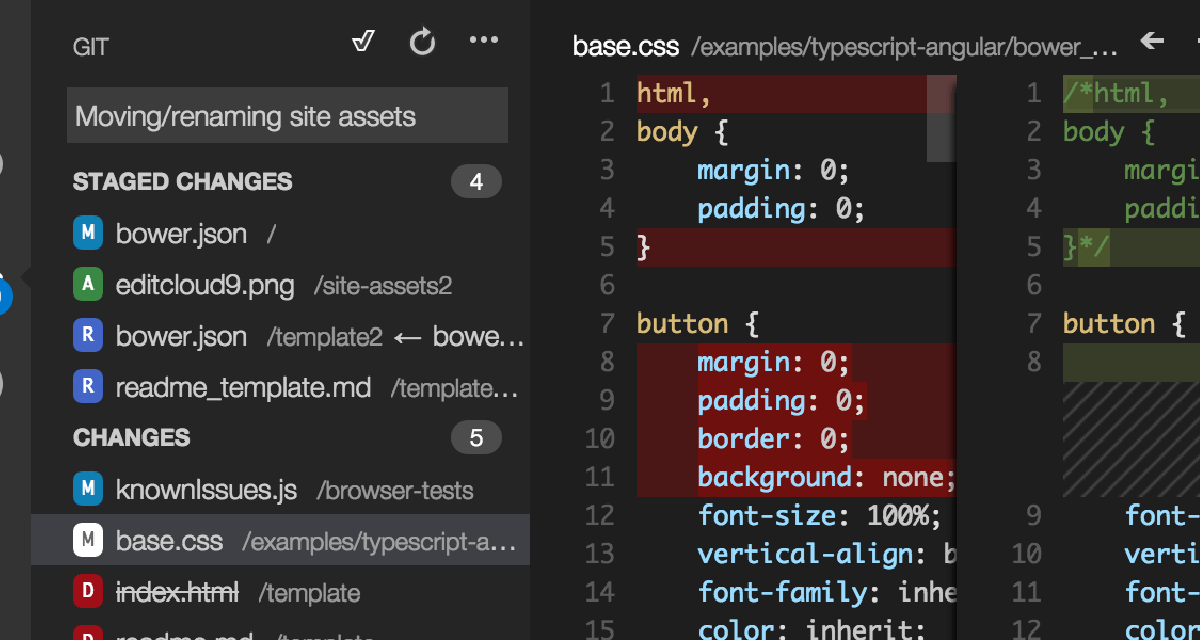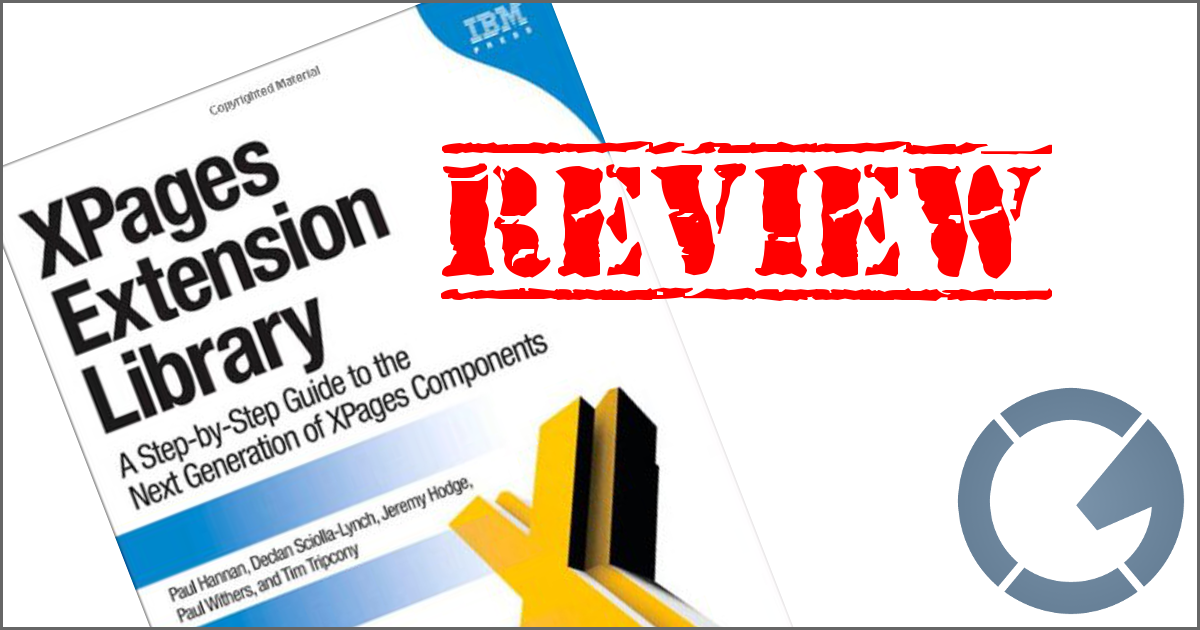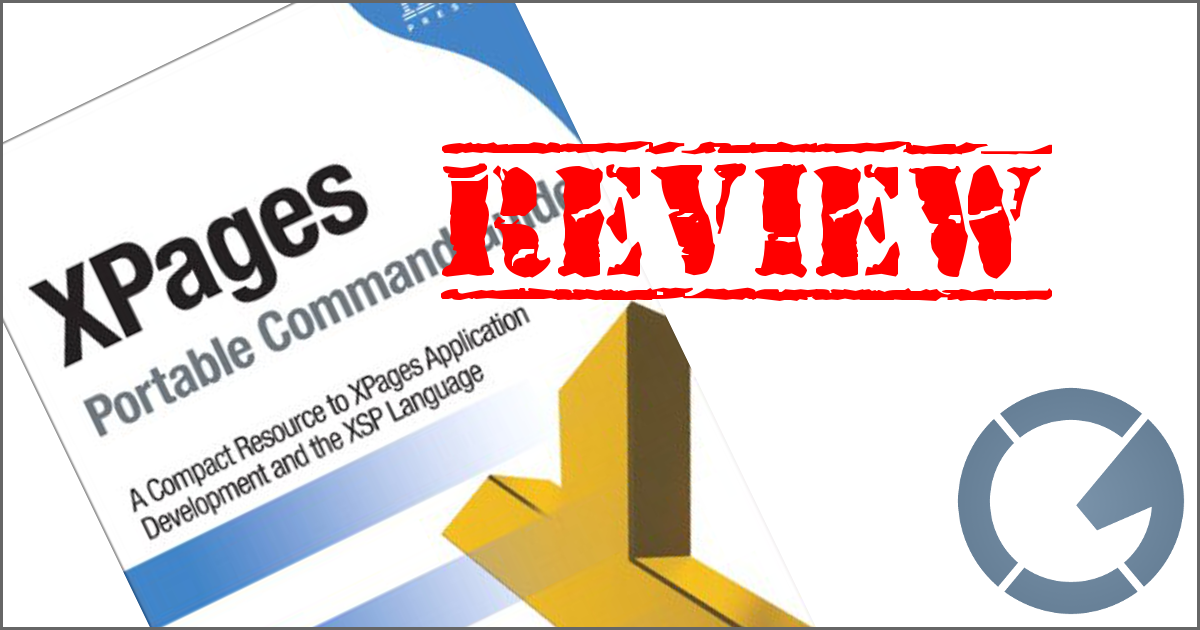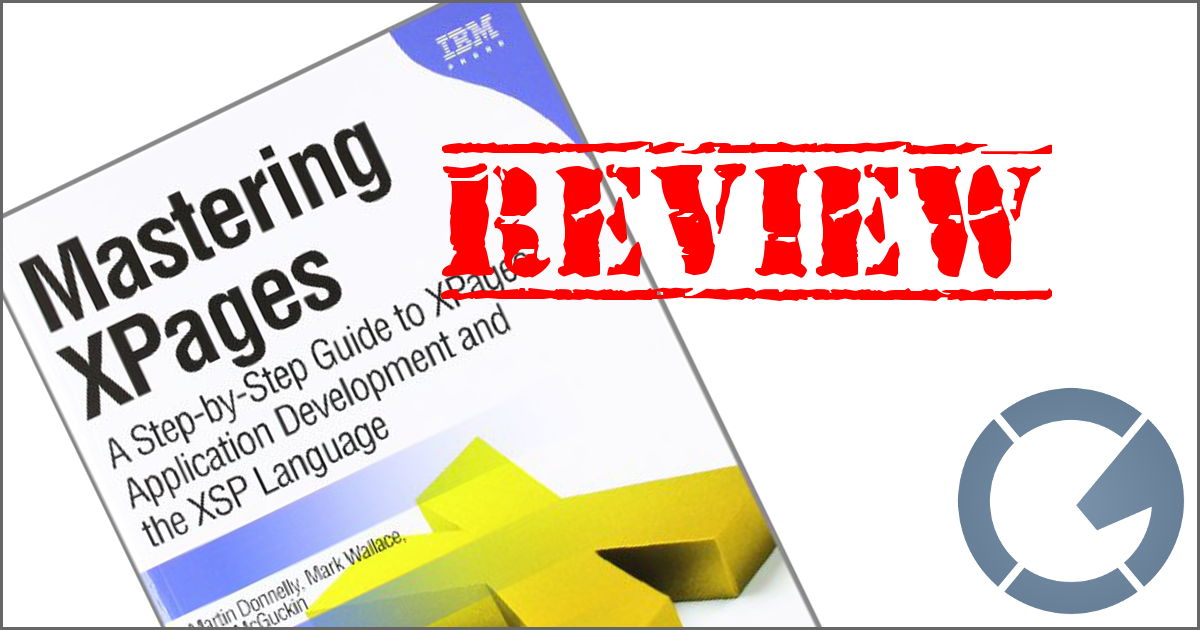dominoGuru.com
Your Development & Design Resource
4 Ways to Improve Your Enterprise Business Applications
01/08/2015 by Chris Toohey
As a Corporate IT developer and designer, there are various languages and platforms that you can use to deliver applications to your users... but this post dives into 4 platform-agnostic methodologies that can be used to improve your enterprise business application development.
1. Learn Your Business

There are too many developers who work in a particular vertical - let's say Finance, Health, or Pharmaceutical - that have no idea how their particular industry works. They're unfamiliar with -- for example -- regulations and certifications that can ultimately direct application feature and architecture (not to mention overall IT) decisions. Aside from the vertical-specific influences and idiosyncrasies, there is company culture and the often completely unique way an organization does business.
As a developer, it is absolutely critical that you learn everything you can about your company vertical, company culture, and exactly how things are done. It's a given how influential things like HIPAA compliance demands can be to a given application, but you might be surprised how influential on your application architecture and design something like learning that your German-based office has adopted "open plan" or that your California-based office adopted a "home office" policy can be.
2. Engage Your Customers

The easiest way to learn about the business is to listen to the users (or rather, your "customers"). Through actively reaching out across business units in your organization, you will immediately see how the business works... but you will also see the pitfalls and other failures that result in different departments acting like their own companies. This departmentalization can often result in duplicate efforts and other inefficient practices.
Trust me when I say this: you are in a unique position in Corporate IT -- and specifically as a developer or designer -- to see these cracks and fissures in the organization and find ways to fix them through cross-department engagement and providing solutions that promote collaboration and social business.
3. Find The Quick Wins

While you are Engaging The Customer by meeting with "Jane" in Sales or "Bob" in Marketing, you will see opportunity after opportunity for the Quick Win. The Quick Win (QW) is something that "Jane" or "Bob" has to do every day (or once a week) that is frustratingly mundane but critical to a larger process. "Jane" has to track her visits to customers while on the road and "Bob" holds a weekly meeting with Product Management representatives and his Corporate Communications Director ("Chad", an intern that knows how to use Twitter) to coordinate the product-specific social media posting schedule for the upcoming week.
"Jane" would really benefit from a simple one-page smartphone "app" that would allow her to select a Customer and press a "check-in" button... which she can then report to her Sales Manager at the end of the week.
"Bob" could cancel the weekly meetings if you gave him a "Corporate Communication" discussion forum that "Chad" could manage. Product Management reps could post their intended announcements for the upcoming week(s) or month(s), and you could eventually include "Jane" or other reps from Sales in the forum so "Chad" can tweet content based on Sales initiatives.
Microtransactions

Both of the examples mentioned above rely on a "microtransaction" approach to enterprise application development. The simple one-page smartphone "app" for "Jane" may take me 1 hour (including the reporting functionality) for "phase 1". For "phase 2", I would engage the Sales Manager and suggest a "Dashboard" that would allow them to monitor salesforce "check-ins" across the organization. The benefit to this would be that his employees would not have to submit weekly Excel spreadsheet-based "reports" of their activities and Sales Management would have on-demand "live" data.
The discussion forum for "Bob" is a no-brainer as well, and ultimately frees up more resources across the organization. Most enterprise application platforms support individual discussion forums, so it would simply be a 10-15 task of setting one up on the server and perhaps a 1 hour "training" meeting for everyone involved.
Let's review the numbers:
- Meeting with "Jane": 1 hour
- Delivery of "phase 1" for "Jane": 1 hour
- Training "Jane": <<1 hour
- Meeting with "Bob": 1 hour
- Setup of discussion forum: <<1 hour
- Training meeting: 1 hour
In well under 6 hours, I have addressed two customer needs and ultimately improved corporate productivity and made each participating employee more efficient.
Most application development projects are multiple month engagements that address larger problems... but there is great benefit to "microtransactions" that are designed to address immediate concerns or provide immediate improvement over current business operations.
Conclusion

If you're in Corporate IT, send this post to your manager. Convince them to give you one month - let's say, next month - to follow this process. Take the rest of this month to settle any current projects and other work that would otherwise distract you from the process.
In the next month, use the following schedule:
-
Monday: Meetings with Department Representatives
- Learn the business
- Look for QWs
- Setup your development tasks and follow-up meetings
- Tuesday: "Microtransaction" Development & Design
- Wednesday: Deployment and Training Meetings
- Thursday & Friday: Work on larger projects, "normal" duties and responsibilities.
At the end of the month, check your stats. You should have addressed real issues across your organization and truly made people more efficient and effective at their jobs. You also have established the Corporate IT department as "problem solvers", and have shown the benefits and capabilities of the current technology investments across your organization.
Set a goal of 4 QWs per week, which will give you 16 success stories by the end of the month. You will have affected real change and established yourself (and the department) as an invaluable member of (and active contributor to) the organization.
And, of course, come back here and let me know how it worked out for you...










